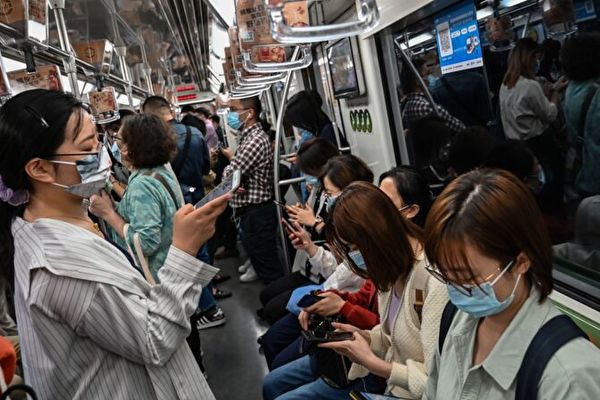In recent times, subway ticket prices in various cities in China have been raised, either through direct price increases or through indirect adjustments. Some people argue that since the subway is a public service, it should prioritize universal access and affordability, rather than profit-making.
According to a report from the “Urban Evolution Theory” under the publication “Daily Economic News” on May 27th, Chongqing is scheduled to hold a public hearing on its urban rail transit fare mechanism on May 29th. Two new pricing schemes are being considered: either raising the starting price from 2 yuan to 3 yuan, or reducing the number of kilometers that can be traveled per unit price.
Meanwhile, Kunming’s subway system has reduced the number of kilometers passengers can travel per unit price since April 15th. Although the starting price remains the same, the previous incremental distances of 5, 7, 9, 11, and 13 kilometers for each additional yuan have been adjusted to 4, 5, 6, 7, and 8 kilometers.
Although Foshan’s subway has not adjusted its prices, it has modified its operational strategies to lower costs. Starting from May 8th, all lines operated by Foshan Metro Group have been closing 30 minutes earlier, with corresponding extensions to the train departure intervals. There have also been passenger complaints about dim lighting in Foshan Metro stations, temporary shutdowns of elevators for “energy saving”, and some trains feeling “stuffy and hot”.
Reports indicate that in Chinese cities with subway systems, a 2 yuan fare is the starting price for the majority of them. Currently, only Beijing and Shanghai have a starting price of 3 yuan for their subway systems, while other cities have a starting price of 2 yuan. The fare adjustment proposal put forward by Chongqing’s urban rail transit system includes the option of raising the starting price to 3 yuan. If this proposal is ultimately adopted, Chongqing will become the third city nationwide with a 3 yuan starting price for subways.
Although the starting fares for subways are the same in different cities, the distance that can be traveled for that fare varies. Among the 43 cities surveyed, 15 cities allow passengers to travel 4 kilometers for 2 yuan, including Guangzhou, Shenzhen, Chengdu, Wuhan, Hangzhou, and others which boast high passenger volumes. Hefei and Wuhu allow 8 kilometers for 2 yuan; Changchun allows 7 kilometers for 2 yuan; and other cities allow 4 to 5 kilometers for 2 yuan.
Given that subways affect the livelihood of the general public, public transportation systems like subways are often expected to adhere to principles of public welfare. Therefore, they have historically maintained low fares, heavily relying on subsidies from local governments for normal operations. Each fare increase for subways attracts public attention, as the vast majority of the public prefers fare stability. However, if subway companies cannot cover their costs with current revenue, fare hikes become one of the effective ways to increase revenue for these companies. In recent years, with local financial pressures compounded by a downturn in the real estate market, subway companies are facing increasing challenges. Nonetheless, many believe that subways, as public services, should prioritize universal access and affordability, rather than profit-making.

